From Dido of Carthage to Queen Teuta of Illyria, there have been female pirates and pirate queens from ancient times. Women did not often have much power within the law. But outside the law, women could lead ships, command men, and fight in battles. There were about a hundred or so women pirates whose names are known to us.
Some of them disguised themselves as men to serve on a pirate ship. Some of them accompanied their husbands and lovers on their raids. Some women simply opened their homes and made secret safe havens for pirates. Even a woman like Queen Elizabeth I is known to have secretly patronized some pirates because it served her purposes. Although seafaring was a predominantly male activity, some extraordinary women managed to make themselves so famous that their names are still widely known.
Table of Contents
Ching Shih
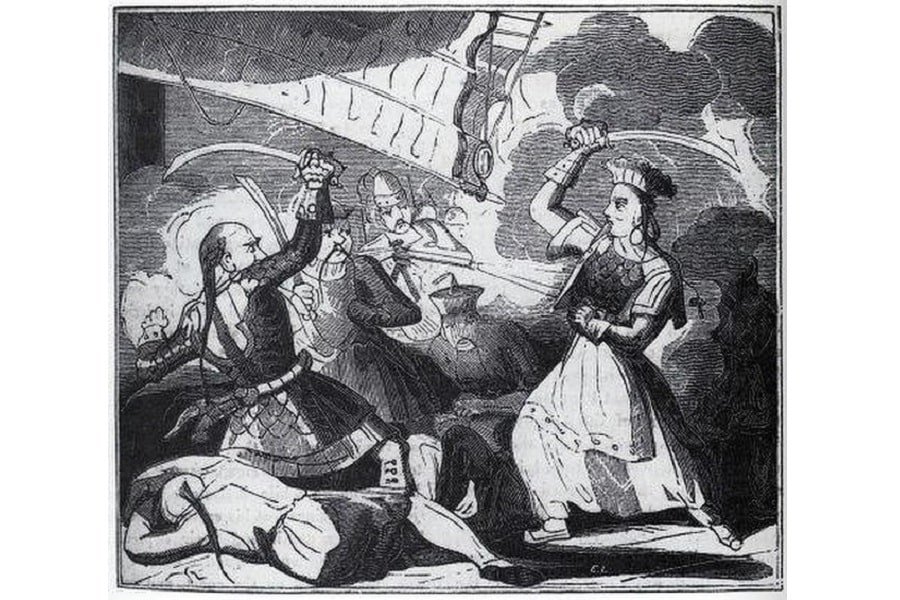
Ching Shih, born Shi Yang, was probably the most famous female pirate of all time. She operated on the South China Sea between 1801 and 1810 CE. Her life probably began in a brothel in the Chinese Empire. She then went on to marry Zheng Yi, the commander of the pirate fleet known as the Red Fleet, at the age of 26 in 1801. She was called Zheng Yi Sao (wife of Zheng Yi) by the people of Guangdong henceforth.
Ching Shih took control of the Red Fleet, sailing under a red flag, after her husband’s death in 1807. She had the support of her adopted son Zhang Bao in this and even went on to have a relationship with him in later years. At the height of her power, she had an enormous pirate crew of over 50,000 men and thousands of junks (Chinese sailing ships). Ching Shih and Zhang Bao came into conflict with Qing China, the English East India Company, and the Portuguese Empire.
Shih was harsh with her crew, punishing crimes of rape and unsolicited lootings with death. Disobeying orders could lead to beheadings or the cutting off of ears. She negotiated a surrender with the Qing Empire and the Chinese government in 1810 and managed to retain control over a substantial part of her fleet. For this reason, Ching Shih is considered one of the most successful pirates to ever have lived.
Grace O’Malley
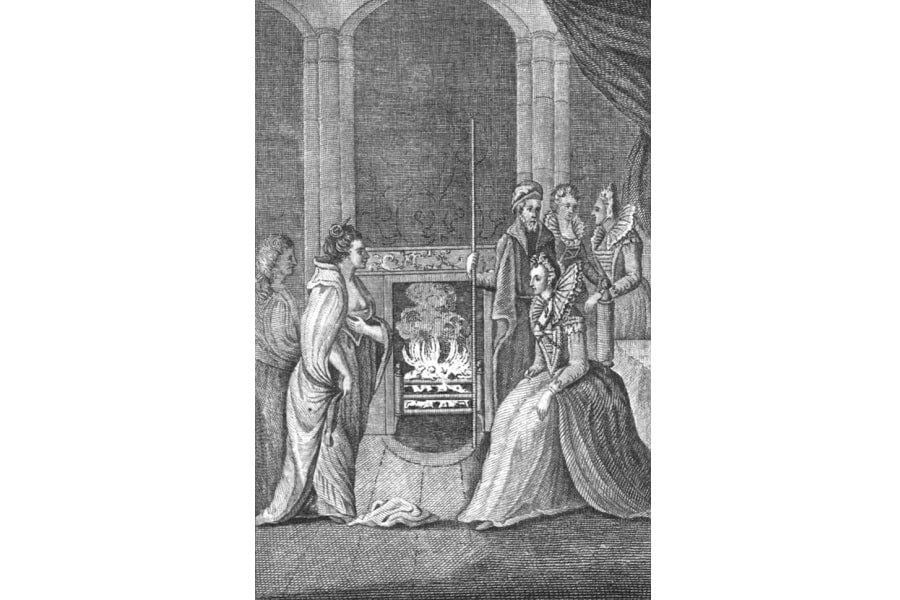
Grace O’Malley was a legendary female pirate and Irish heroine of the 1500s. Head of the great Ó Máille dynasty in the west of Ireland, Grace took over leadership by land and sea after her father’s death, even though she had a brother. She was trained in seafaring by her father and her marriage to Donal Ó Flaithbheartaigh granted her even more wealth and influence. She is said to have given birth to her first child on the seas.
Grace O’Malley defended her lands against both the English and other Irish clans. As the English began to invade and conquer Ireland, she fortified her coasts and set up defenses. When two of her sons and her half-brother were taken captive by the English in 1593, Grace O’Malley met with Queen Elizabeth I to petition for a release. The two women hammered out a treaty.
Grace O’Malley is not present in Irish annals. What we know of her comes from English accounts and Irish folklore. She is remembered as a ruthless and pragmatic leader, a fierce negotiator and politician, a plunderer, and a protective matriarch. These contradictory approaches to her character are extremely interesting because they paint the picture of a woman who was both a warrior and a mother. In popular culture, Grace O’Malley is known as a pirate queen, although she was not really a queen of anything.
Queen Teuta of Illyria
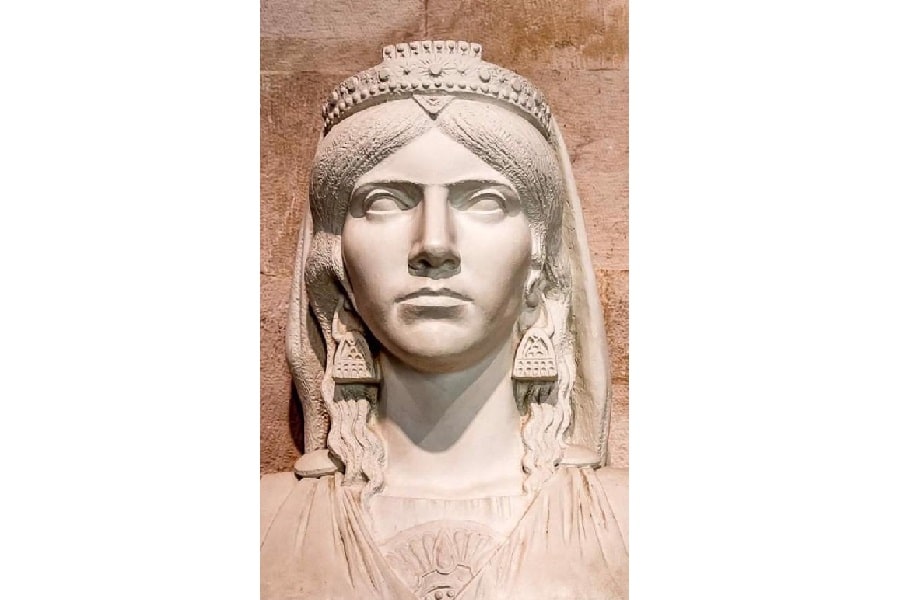
Queen regent of the Ardiaei (a group of Illyrian tribes), Queen Teuta was one of the foremost warrior women and female pirates of the ancient world. After Agron, her husband, died in 231 BCE, Teuta took over regency for her stepson Pinnes. Teuta is said to have continued her husband’s practice of raids on Roman and Greek ships in the Adriatic Sea.
Teuta’s conflict with the Roman Republic is what led to the first Illyrian War. Most sources we have on Queen Teuta are from Greek and Roman writers. Thus, there aren’t many favorable accounts. As per these sources, the war began because of the death of two Roman envoys.
When the pirate queen commanded her men to plunder cities and loot ships, the Romans sent two envoys to speak with her about the actions of the Illyrian forces. Teuta is reported to have said that the Illyrian kings were not in the habit of preventing their subjects from winning booties at sea. The ambassadors were extremely disrespectful towards the queen and subsequently killed. But whether this meeting ever happened is a matter of doubt.
Teuta was defeated by the Romans and consented to a treaty. She had to henceforth pay annual tribute to Rome and her reign was restricted to a narrow region in modern Albania. She publicly apologized to Rome for the actions of her husband but not her own.
Sayyida al-Hurra
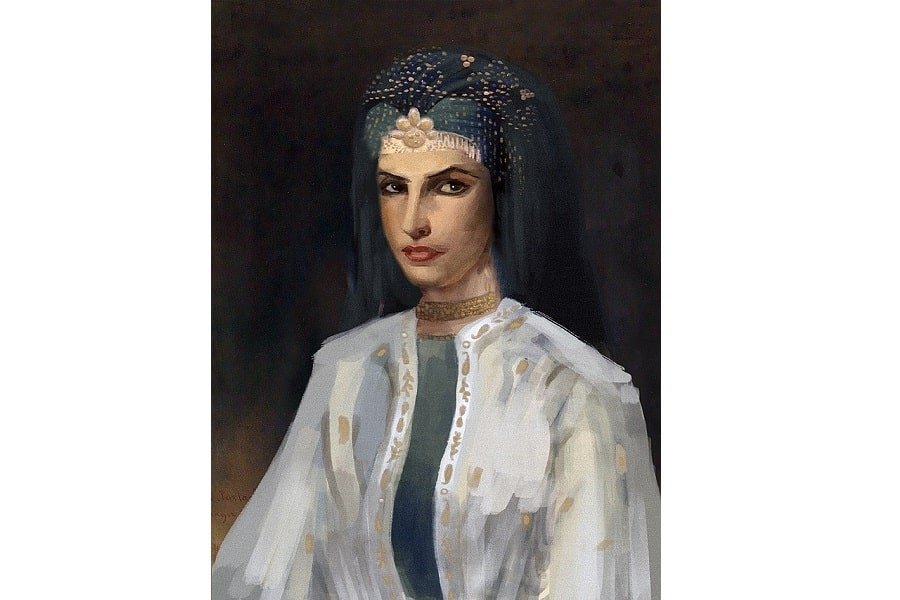
Sayidda al-Hurra (meaning ‘noble lady who is free and independent’) was a privateer in Northern Morocco during the early 15th century. Wife of the Wattasid Sultan Ahmad ibn Muhammad, Sayyida was one of the most influential female figures of the Islamic West. She was mostly known for her pirate activities against the kingdoms of Spain and Portugal.
The struggle between Muslim and Christian empires was a big thing during her lifetime. Thus her opposition to the newly emerging European kingdoms. Al-Hurra allied herself with the Ottoman Corsair Barbarossa of Algiers. She controlled the western Mediterranean, sailing alongside her male pirates, while he controlled the east. She was given an excellent education during her childhood and knew several languages, including Portuguese and Castilian Spanish.
Al-Hurra was the governor of Tétouan, a position she retained after her marriage to the Sultan. But after 30 years as queen, she was overthrown by her son-in-law and lived out the rest of her life in exile, stripped of property and power.
Jeanne de Clisson
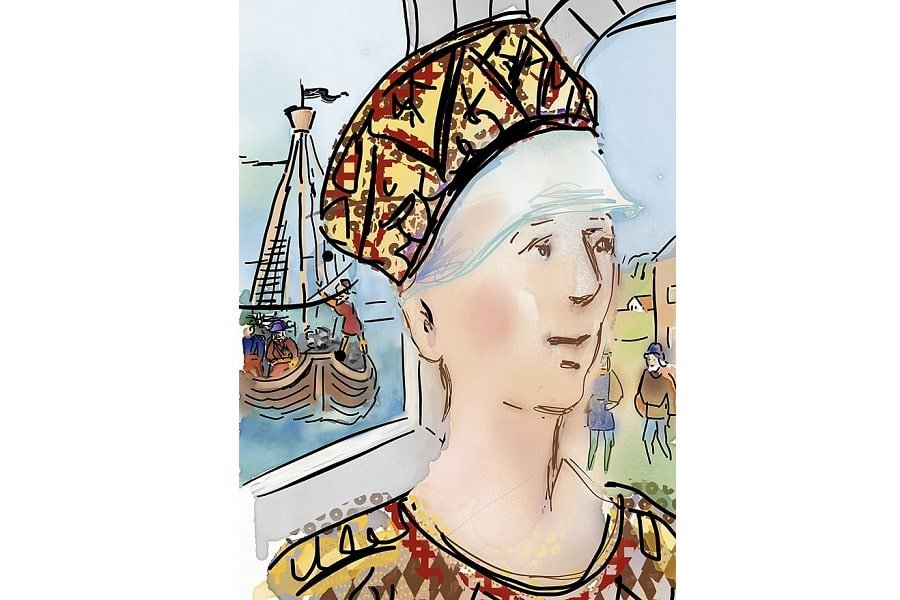
Jeanne de Clisson was one of several noblewomen who became female pirates in medieval Europe. Jeanne took to piracy as vengeance for her third husband’s death at the hands of the French king. After attempts to free him failed and he was beheaded, Jeanne is said to have taken her sons to see their father’s head and vowed vengeance.
Thus, she became a privateer and sailed across the English Channel, targeting French ships of often slaughtering their whole crew. During the Hundred Years War, this Breton noblewoman turned pirate switched sides and fought with the English. She raided French castles, merchant vessels, and military vessels alike.
Jeanne outfitted three warships and formed a pirate fleet with 400 male pirates. Her fleet was called the Black Fleet. The ships were painted black and had red sails. The flagship was called My Revenge. In the 1350s, she married her fourth husband, an English knight called Walter Bentley and gave up piracy. She died in 1359, a few weeks after Walter.
Ladgerda
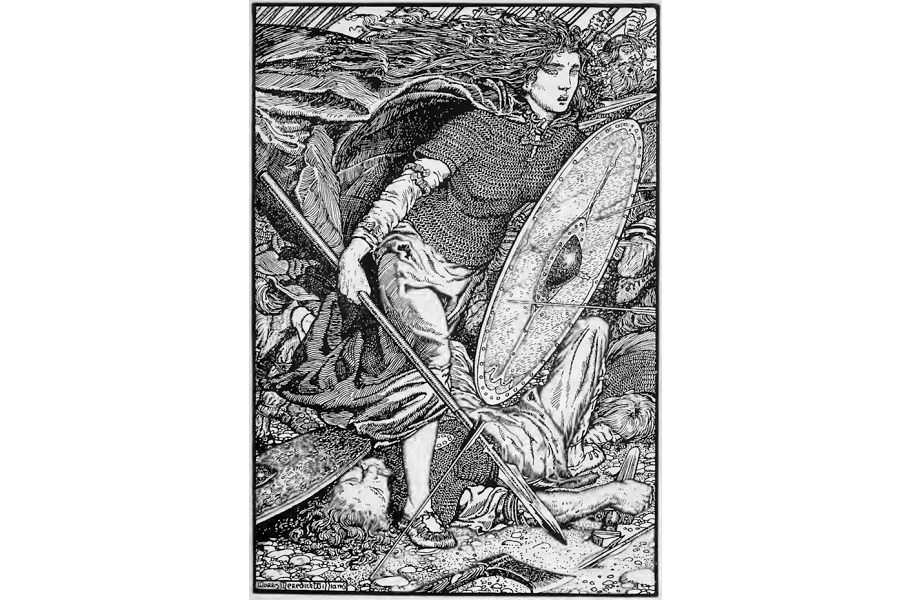
Lagderda, or Lagertha as her name is also spelled, was a Viking and one of the most successful pirates among her people. She is the subject of several old Norse sagas and legends. At present, it is difficult to determine whether this shieldmaiden was a real woman or a figure of myth.
Viking women had some freedom and advantages compared to many of their contemporaries. While women fighting was a rarity, they did often sail with their menfolk during their raids and voyages. Ladgerda was supposedly the wife of the famous Viking Ragnar Lodbrok and her story is told in the ninth book of Gesta Danorum.
Some of the legends about Ladgerda say that she sailed to the aid of Ragnar with a fleet of 120 ships when he was in trouble and saved his life. Yet, when she sailed back to Norway with her husband, she quarreled with him and slew him with a concealed spearhead. It is hinted that she went on to take his place as leader of the tribe.
The Killigrew Ladies
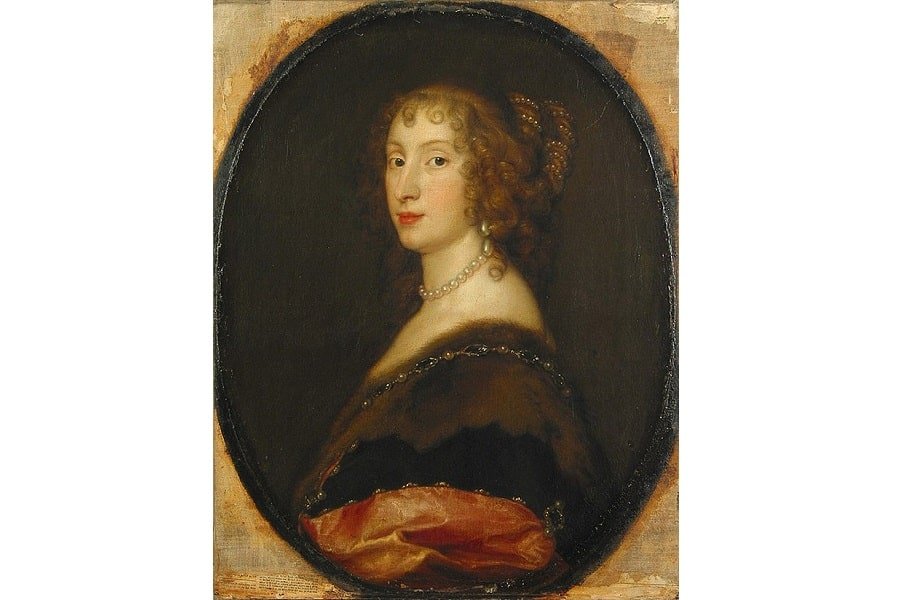
The ladies who married into the Killigrew family were some of the most famous female pirates in England. Living during the Tudor dynasty, the Killigrews had enormous influence in Cornwall and beyond. In the 16th and 17th centuries, they developed a notorious reputation for buccaneering and wrecking ships that ventured close to their estate.
Elizabeth Trewinnard (or Trewynnard) was married to Sir John Killigrew I of Arwenack around 1534 CE. Arwenack House was built during their marriage and her husband was the governor of Pendennis Castle and the land it stood on. He took advantage of this to indulge in piracy in the English Channel. Elizabeth took charge of the stolen goods that came to Arwenack House and continued to run the family business alongside her sons after the death of John I.
More notorious was Elizabeth’s eldest daughter-in-law, Lady Mary Killigrew (formerly Wolverston). Her father, Sir Philip Wolverston, was a well-known pirate and she was perfectly suited to John II’s tastes. Their marriage was in the era of Queen Elizabeth I, who was famous for turning a blind eye to piracy. Lady Mary Killigrew was even more shrewd and ruthless than her mother-in-law and is said to have taken out her husband’s pirate vessels herself while he was away.
A particular theft by Lady Mary Killigrew, of a large Spanish ship, saw her and two of her men arrested and sent to London. They were given the death sentence. The two men were hanged but Lady Mary Killigrew received a pardon from Queen Elizabeth. It was a great scandal but Mary continued taking risks to pay off the debts of her husband, who died deeply in debt.
Her son, John III, married Dorothy Monk, a daughter of a rich family. John III was deeply involved in piracy and relied on Dorothy’s large inheritance to bail him out of debt. It didn’t help since he was fond of an extravagant lifestyle. Dorothy was also accused of piracy but it is unclear whether she participated in the family’s extracurricular activities herself. Her daughter-in-law, Jane Fermor, had an extremely unhappy marriage with John IV and gained an unsavory reputation for adultery. Whether this is true or not, Jane and Elizabeth’s stories are often given to Mary, making her an even more infamous figure.
Neel Cuyper
Neel Cuyper was a Dutch female pirate who sailed during the Golden Age of piracy. Her name may actually have been Cornelia but she was also called Nellie Cowper or Santa Rubia. Cuyper dressed up as a man to serve on Dutch merchant vessels before she was captured by some pirates.
The pirates, unaware of her identity as a woman, thought to make use of her experience. She sailed with them, in disguise, for several years. She was not the only woman of the time to masquerade as a man on a pirate crew. When the pirates discovered that Cuyper was a woman, they let her off at Tortuga. She supposedly was given her share of the loot.
Neel Cuyper eventually founded a resort in Labadee in Haiti, perhaps with the wealth she had gained as a pirate. The resort was a safe space for pirates and Cuyper came to be known as the ‘Queen of Labadee Bay.’ She was killed in a raid by British and Spanish forces in 1695.
Maria Lindsey
Another veteran of the Golden Age of piracy, Maria Lindsey and her husband Eric Cobham, gained an extremely sinister reputation. Their base was Newfoundland, even though both had been born in England, and they practiced piracy in the Gulf of St. Lawrence.
Maria was supposedly a prostitute before she married Cobham and they assembled their crew. According to certain accounts, they were the first St. Lawrence pirates that became notorious for giving ‘no quarter.’ This meant that they took no prisoners, killed all captured crews, and sunk all ships. Their cruelty was well-known and they are said to have used survivors for target practice. Even Cobham himself commented on how ruthless Lindsey was in her dealings with captives.
In the 1740s, they are said to have given up piracy and settled in Le Havre, France. Eric was appointed a judge by the community. But Maria could not readjust to that life and went insane. She either committed suicide or was killed by her husband. Eric is said to have developed a guilty conscience after her death, confessed his sins to a priest, and asked for a book about their life to be written. His family attempted to buy and destroy the book but one copy may have survived in the Paris National Archive.
Anne Bonny
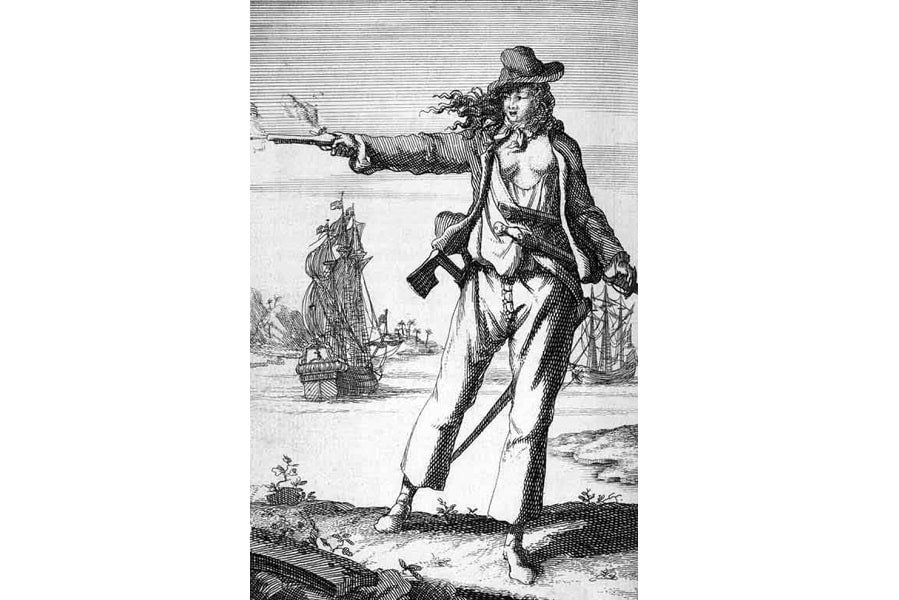
When we speak of the most famous female pirates of all time, we cannot leave out the names of Anne Bonny and Mary Read. The two women both sailed alongside the notorious pirate captain Calico Jack Rakham.
Hailing from Ireland, Anne Bonny sailed in the Caribbean. She moved first to London, then to the Province of Carolina. Once there, she met her future husband, a sailor named James Bonny. They both moved to Nassau in the Bahamas. It was the most popular haunt of English pirates and was called the Republic of Pirates. James worked as an informant for the governor and Anne disliked his work.
Anne Bonny met Calico Jack at one of the taverns and they became lovers. When James refused to divorce her, the two escaped the island together and she became a part of his crew. She disguised herself as a man and only Rakham and her crewmate Mary Read knew she was a woman. The Irish pirate eventually became pregnant, gave birth to a son, divorced her husband, and married Calico Jack. The two of them, and Mary Read, found a new ship and crew and continued a life of piracy.
When Rakham’s crew was ultimately captured, they were taken to Jamaica and sentenced to death. Anne Bonny and Mary Read pleaded for clemency since they were both pregnant. Their executions were delayed. What happened to Bonny after that is not known. Some believe she died in prison while some think she was released and died in the United States later. At any rate, she disappeared in 1721.
Mary Read
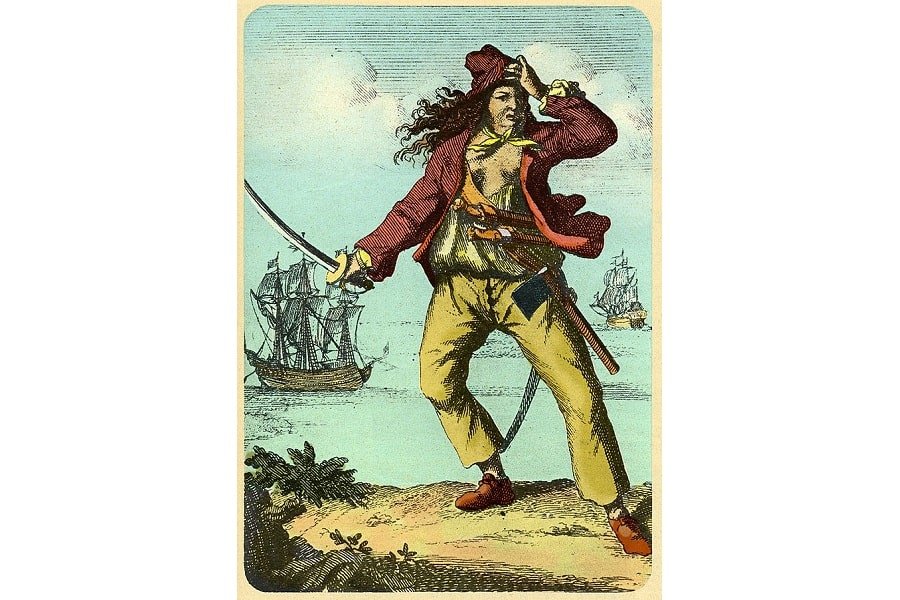
Mary Read was also known as Mark Read since she sailed in the disguise of a man. Born in England, she began dressing as a boy at a young age with the encouragement of her mother. She moved to the West Indies in 1715 and joined Calico Jack and his crew in 1720. Her career as a pirate was a short one since the crew was captured in November of that year.
Anne Bonny revealed to Mary Read that she was a woman and was attracted to her. Read then revealed in turn that she too was a woman. Since Calico Jack was jealous of the relationship between the two, Bonny told the fearsome pirate that Read was a woman. There have been various speculations about the nature of the relationship between the two women.
The capture of Calico Jack and his crew was mostly bad luck since most of them were too drunk to fight back. Mary and Anne received a stay of execution because of their pregnancies but Mary fell ill while in prison. Burial records show that she died in April 1721. There was no record of her baby, which suggests that she may have died while pregnant.
Sadie the Goat
Sadie Farrel, also known as Sadie the Goat, is one of those female pirates that has become almost a folklorish figure. A river pirate who was entangled with various gangs in New York City, Sadie is believed to have started her career as a street mugger. That is where she got her nickname because she would headbutt her victims in the stomach like a charging goat. Then a male companion would rob the man she had grounded.
She offered some strategies to the Charlton Street Gang on how to board a small sloop that was anchored mid-river. In the process, she became their gang leader. Sadie soon hijacked a larger sloop, flew the Jolly Roger from the masthead, and began raiding villages, farmhouses, and mansions along the riverside.
They also occasionally indulged in kidnapping and ransom and Sadie is said to have made several male prisoners walk the plank. Ultimately, they ran into some bad luck when the farmers began resisting and attacking the river parties with gunfire. Thus, Sadie and her crew returned to the streets, with Sadie earning the new title of ‘Queen of the Waterfront.’
Popular folklore states Sadie had an ongoing feud with a tall female bouncer called Gallus Mag who once bit off Sadie’s ear and displayed it in pickled form on her bar. Sadie later reclaimed the ear and wore it in a locket around her neck for the rest of her life.
Rachel Wall

Rachel Wall was one of the most notorious American pirates of all time and perhaps the first of the pirate women to be born in America itself. She was the last woman to be hanged in Massachusetts. Her husband George Wall bought a fishing schooner and persuaded Rachel and some of his friends to take up piracy.
They mostly sailed just off the New Hampshire coast. They would lure in ships with false claims of distress and then loot them. Rachel was the sole survivor after her husband and crew were washed out to sea. Although she returned to life as a servant, she would often go to the docks and steal from the boats anchored there. Her last act of robbery was attempting to steal a bonnet from a young woman. She was arrested and tried for robbery. Wall stated that she should be tried for piracy instead but insisted that she had never killed anyone.
Rachel Wall was found guilty of robbery and sentenced to death in 1789.
Jacquotte Delahaye
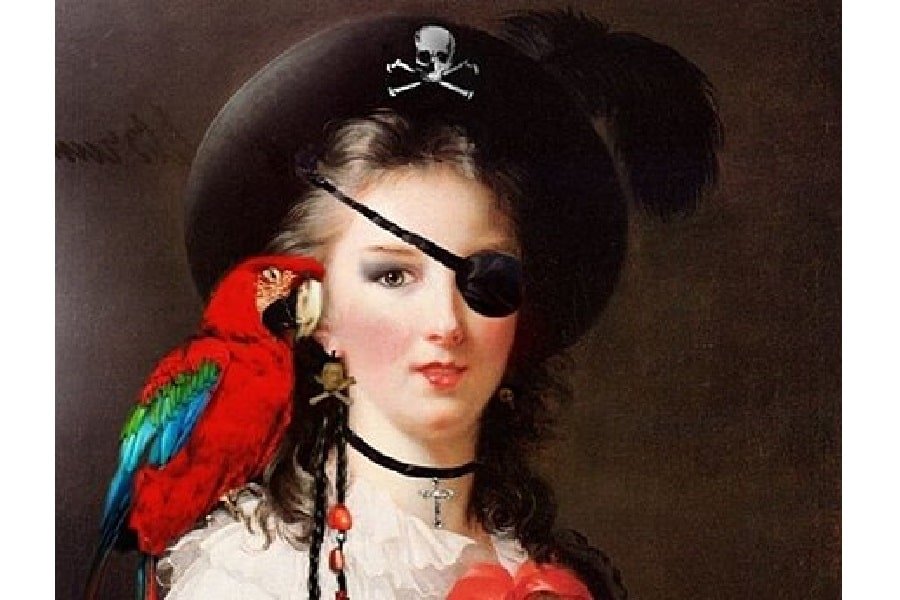
Born in Haiti, this legendary pirate operated in the Caribbean Sea during the Golden Age of piracy. She was often depicted as working alongside another female pirate called Anne Dieu-le-Veut. The two are said to be some of the very few female pirates operating in the 17th century. However, there is very little evidence that Delahaye was a real figure. Most scholars agree that oral storytelling and a French fiction writer of the 1940s, Leon Treich, are the source of her so-called exploits.
Delahaye was supposedly born to a French father and a Haitian mother. Her mother is said to have died while giving birth to her brother, who had a mild mental disability. After the murder of her father at British hands, her brother was left in her care. A war hero, Delahaye faked her own death to escape pursuers and lived as a man for several years. She had striking red hair and when she returned, she became known as ‘Back from the Dead Red.’
With a large gang of pirates, Delahaye took over the island of Tortuga and helped make it a pirate haven. She died in a shootout a few years later, while defending Tortuga.
Charlotte de Berry
Another possibly fictional pirate leader from the Golden Age, Charlotte de Berry’s earliest mention is from a literary work from 1836. This is exactly two hundred years after she was supposed to exist. Fictional or not, she has become one of the most famous female pirates to ever live.
Charlotte’s story, if it were true, was a sad one. She fell in love with a sailor and married him against the will of her parents. She followed him to sea, disguised as a man, and fought beside him. When her identity was discovered by an officer who wanted her for himself, her husband was accused of mutiny and flogged to death. Charlotte still refused the officer’s advances, murdered him, and fled when they next docked.
While working on the docks, she was coveted by the captain of a merchant ship who kidnapped her and forced her to marry him. She incited his crew to mutiny against her husband, a cruel man and rapist. Then she took over the ship and turned to piracy. There are various other adventures attributed to this pirate leader, most of them melodramatic and unbelievable.